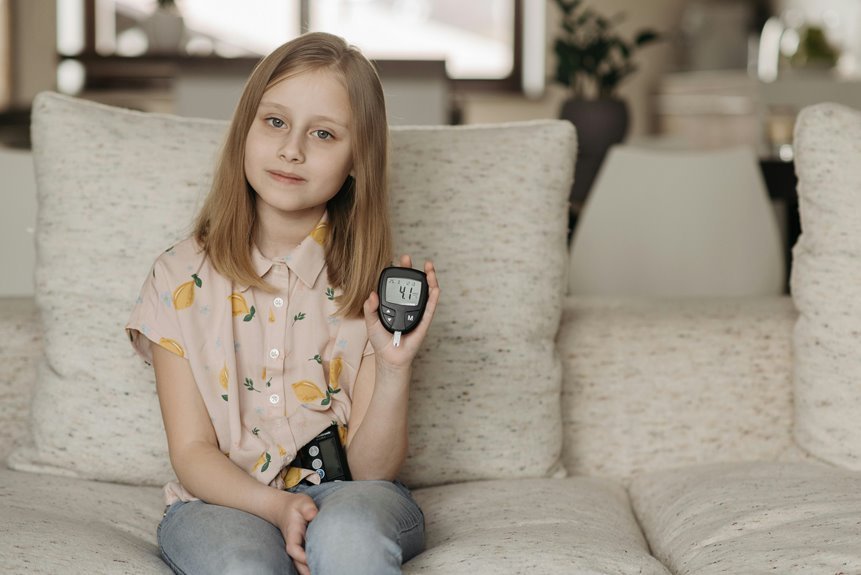Real device testing is a critical component in the software development lifecycle. It involves assessing applications on actual hardware rather than relying solely on emulators. This approach uncovers genuine user experiences and functional discrepancies that might remain hidden in simulated environments. Understanding its significance and methodologies can significantly impact software quality. Yet, as technology evolves, the landscape of real device testing is also changing. What implications could these shifts have for future testing practices?
The Importance of Real Device Testing
Real device testing serves as a critical pillar in the software development lifecycle, ensuring that applications perform effectively across a diverse array of hardware and operating systems.
This method allows developers to simulate real-world scenarios, providing insights into user experience that emulators cannot replicate.
Key Benefits of Real Device Testing
Testing on actual devices presents several advantages that significantly enhance the software development process.
Real device testing ensures device accuracy, providing developers with precise feedback on performance across various platforms.
Additionally, it allows for an authentic user experience evaluation, revealing how applications function in real-world scenarios.
This approach ultimately leads to improved software quality, user satisfaction, and a more robust final product.
Best Practices for Conducting Real Device Testing
Effective real device testing requires meticulous planning and execution to ensure optimal results.
Selecting appropriate devices based on target demographics and usage scenarios is crucial.
Establishing diverse test environments can simulate various conditions, enhancing the reliability of outcomes.
It is essential to document the testing process thoroughly, allowing for iterative improvements and ensuring that the insights gained are actionable and relevant to the user experience.
Future Trends in Real Device Testing
As technology continues to evolve, the landscape of real device testing is poised for significant transformation.
Emerging technologies, such as 5G and IoT, will drive the need for more comprehensive testing environments.
Furthermore, automation integration will streamline processes, enhancing efficiency and accuracy.
These advancements will empower organizations to achieve higher quality standards while responding swiftly to the dynamic demands of the marketplace.
Conclusion
In conclusion, real device testing serves as the cornerstone of software quality assurance, ensuring applications perform seamlessly in real-world environments. By bridging the gap between theoretical expectations and actual user experiences, it mitigates potential issues before they reach end-users. As technology evolves, embracing innovative testing methodologies will be essential. Ultimately, organizations that prioritize real device testing will not only stay ahead of the curve but will also reap the rewards of enhanced user satisfaction and loyalty.




